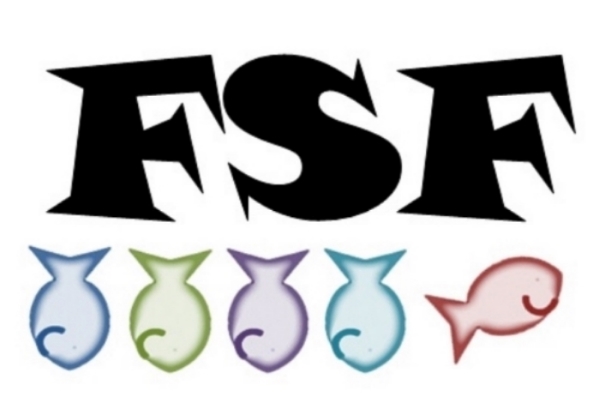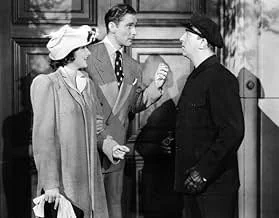Oh Errol Flynn, you charming rogue!
In this film he plays businessman Francis Warren, who lives in a tidy, expensive house with his wife Rita (Brenda Marshall) and mother-in-law Agatha (Lucile Watson). Rita and Agatha regale him with the latest gossip about the shocking mystery book by F.X. Pettijohn, an author as shady as his books according to the local tea. What neither knows is that Warren is secretly Pettijohn, enjoying the made-up lurid life his of alter-ego and how all of the local lady’s club is suing him. The only person in the know is his assistant/chauffeur Willard (Allen Jenkins). He does his research by constantly interviewing Inspector Mason (Alan Hale), who semi-dares Pettijohn to attempt to solve a real crime on live radio. A jewel smuggler, Fissue, played by Noel Madison, draws him into the city’s underworld after he is murdered.
Warren starts his own investigation coming into contact with a burlesque dancer (Lee Patrick), a gambler, and a dentist (Ralph Bellamy) while driving Mason’s top detective Hopkins (William Frawley) crazy. A friend of Rita’s see Warren out with the dancer and gives her the impression that he’s having an affair. Enter a seedy private detective hired by Agatha to follow Warren and Willard around. This gets Rita mixed up in the entire case.
For a writer, Warren is a massive extrovert. Besides being charming and overconfident, he’s puts on acts for his police work with over the top accents and verbose characters despite his gun being made of licorice. He is dedicated to his writing though. Everyday, he and Willard spend his lunch hour in a little cottage he rents. He gets several hours for lunch and he uses them to dictate his novels while Willard types them out. Still, when pressed by Rita about his “vile book”, he says it was a “hobby” like “collecting butterflies”. I feel weirdly defensive when a rich man says he only wrote a bestseller as a hobby.



